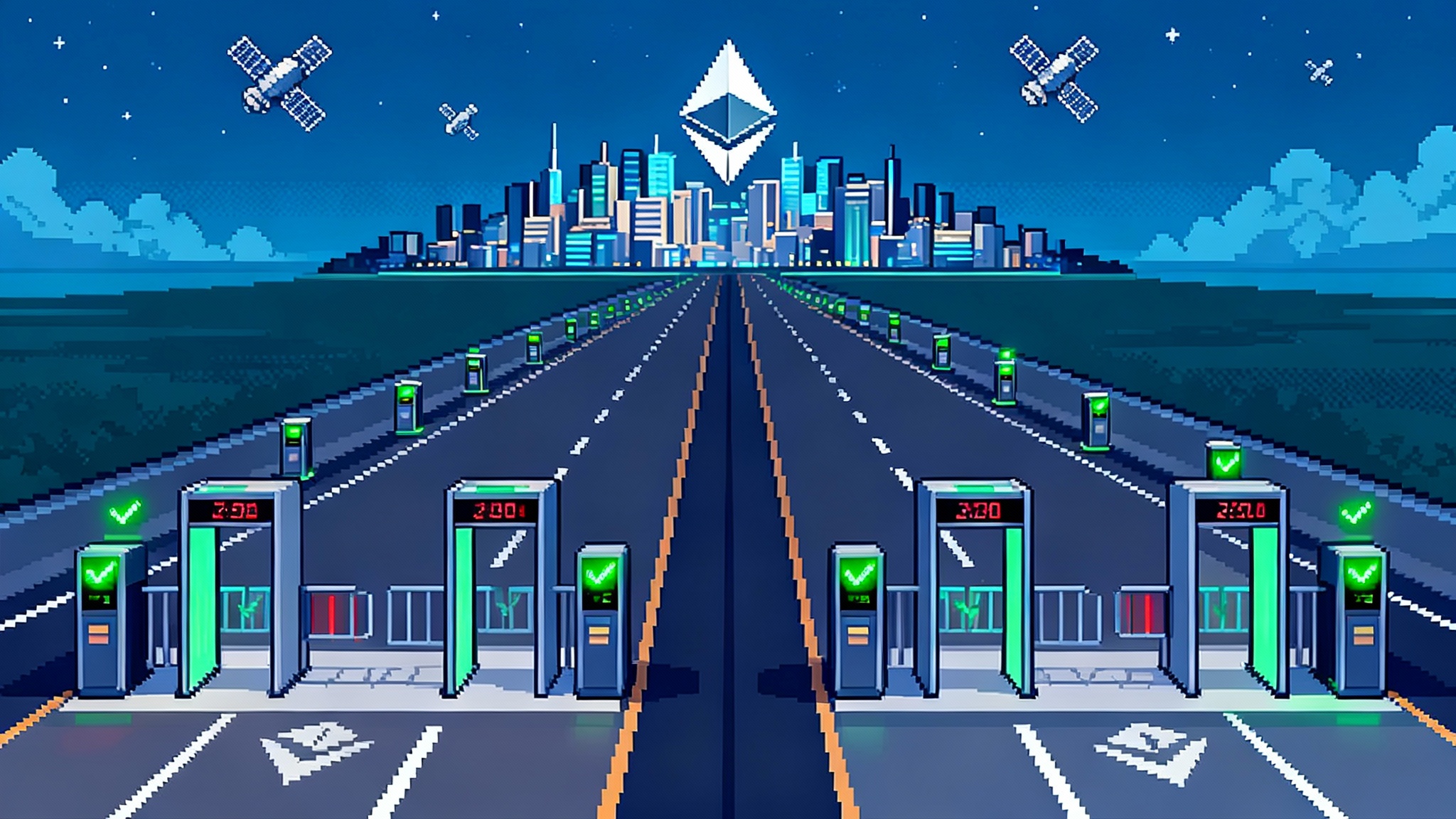Solana Spot ETFs Go Live, Kicking Off the Altcoin Era
In three trading days, Solana crossed from crypto to mainstream. Hong Kong listed ChinaAMC’s SOL ETF on October 27, the U.S. saw Bitwise’s BSOL debut on October 28, and Grayscale followed on October 29. Powered by the SEC’s September 18 rule change, the altcoin ETF era is now real.

The week altcoin ETFs arrived
Circle these dates. On October 27, 2025, China Asset Management Company listed the ChinaAMC Solana ETF on the Hong Kong Stock Exchange with tickers 3460, 83460, and 9460. On October 28, Bitwise’s Bitwise Solana Staking ETF, ticker BSOL, began trading in the United States. On October 29, Grayscale’s GSOL joined the tape in New York. Three sessions. Two markets. One message for institutions that until now were effectively limited to bitcoin and ether in public wrappers: Solana has crossed the bridge into mainstream rails.
None of this happened in a vacuum. On September 18, 2025, the United States Securities and Exchange Commission finalized a generic listing framework that lets exchanges list certain spot commodity exchange traded products without bespoke, months long rule filings. That policy milestone, combined with earlier decisions that permitted in kind creations and redemptions for crypto products, cleared a practical path for altcoin exposure to be packaged and traded like any other commodity ETP. Read the SEC’s approval of generic listing standards.
Why the new rule changes the game
Before September, every crypto product had to fight a two front war. Issuers filed a registration statement so the shares could be sold and a separate exchange rule change so the shares could be listed. That second front often dragged on for 240 days with public comment rounds, delays, and uncertainty. The generic listing standards replace much of that drag with bright lines. If a product meets the rule’s eligibility criteria and disclosure requirements, the exchange can list it. That single shift unlocks three concrete changes:
- Time to market compresses from quarters to weeks. Faster listing reduces issuer risk and allows market makers to prepare inventory and hedges on predictable timelines.
- More assets qualify. Eligibility can be met in two ways that matter for digital assets: either the underlying trades on a market that participates in robust surveillance sharing or the asset underlies a futures contract that has traded for at least six months on a CFTC regulated exchange. That second path is the on ramp for altcoins beyond bitcoin and ether.
- Operational plumbing improves. The Commission also allowed in kind creations and redemptions in 2025, which lowers friction for authorized participants. In plain English, it is cheaper and cleaner for market makers to deliver tokens instead of cash when creating shares, and to take tokens back when redeeming.
For broader context on how staking economics are entering traditional rails, see our explainer on how bitcoin staking went live.
Staking enabled wrappers reach U.S. investors
The other big shift is qualitative. Solana is a proof of stake network, which means tokenholders can delegate stake to validators and earn protocol rewards. Historically, U.S. exchange traded products were not permitted to stake. With BSOL and GSOL, that changed.
BSOL’s design is straightforward to explain and consequential in its effects. The fund holds SOL directly in institutional custody and targets staking of essentially all of its holdings. The sponsor initially set the gross expense ratio at 0.20 percent, with a temporary fee waiver at launch, and published a practice of staking all SOL and passing rewards through via net asset value. The per share mechanics are simple. Rewards accumulate inside the fund, so price drift over time reflects both SOL’s market price and the incremental staking rewards. See the Bitwise Solana Staking ETF details.
This staking forward approach is not a cosmetic feature. For the first time, U.S. advisors can access on chain reward streams inside a listed wrapper and do it in accounts that fit their compliance and tax processes. That closes a real gap. Previously, an advisory practice might have bought a trust that held SOL but did not stake, then separately tried to capture yield through a different product. Now a single ticker combines exposure with rewards. That is why day one and day two volumes were eye catching for a brand new altcoin product.
What happens to SOL liquidity when ETFs buy and stake
Think about the mechanics like a set of pipes. When an authorized participant creates BSOL shares, it can deliver SOL in kind. That reduces pressure on retail spot venues because big blocks can be sourced from over the counter desks and custodians rather than across many small exchange orders. Once shares exist, secondary market trading in the ETF does not touch the chain until an arbitrage gap opens that is large enough to motivate create or redeem activity.
Staking changes the water level in those pipes. When a fund stakes one hundred percent of its SOL, the immediately sellable float declines by the amount staked for as long as that stake remains delegated. On Solana, unstaking completes quickly relative to other proof of stake chains, but it is still a delay. If multiple funds scale to billions in assets and keep a high percentage staked, the free float becomes more sensitive to redemptions than it would be without staking. A few implications follow:
- During inflow periods, in kind creations plus staking reduce circulating supply. That can tighten borrow availability on centralized venues and, at the margin, support a higher basis in futures and perpetual swaps as hedgers pay up to stay short.
- During outflows, unstaking can introduce timing frictions if redemptions are large and immediate. Expect market makers to maintain buffers of un staked SOL and liquid hedges so they can meet redemption requests without waiting for undelegations to settle.
- Funding rates and basis may become more cyclical. Inflow waves that stake a lot of new supply can push basis positive. Redemption waves can pull it back, especially if redemptions cluster around month end or quarter end when model driven rebalancing hits.
For a parallel on performance design choices across L1s, our analysis of Monad’s L1 vs L2 playbook provides useful contrasts.
Validator economics in an ETF world
When a few large funds stake billions of dollars in SOL, validator economics change. Three forces matter most.
-
Commission rates and reward splits. Validators set a commission that is paid before rewards are passed to delegators. Large funds will negotiate fees and demand operational reporting. That creates a new tier of institutional validator business where a handful of providers compete on price, uptime, slashing track record, key management, and reporting quality.
-
Concentration risk and governance. Solana’s consensus uses delegated stake to select validators. If a few products delegate to the same small set of validators, voting power concentrates. Issuers can and should mitigate this by diversifying across a broad validator set, setting caps per operator, and publishing allocation and rebalancing policies.
-
Priority fees, MEV, and client alignment. Funds that stake will be asked how they choose validators with fair ordering policies, whether they accept or reject specific MEV strategies, and how they vote in governance proposals that touch fee markets.
A practical checklist for issuers and validators:
- For issuers: maintain a minimum of three independent custody relationships, cap any single validator at a small percentage of fund stake, and report monthly on validator set composition, commission rates, and slashing incidents.
- For validators: offer enterprise contracts with explicit service level agreements, share uptime and incident reports, and commit to client friendly MEV and vote policies.
- For custodians: integrate undelegation accelerators and real time stake dashboards so authorized participants can forecast liquidity around large create and redeem windows.
The near term roadmap for XRP, Dogecoin, and Litecoin
The new U.S. listing framework did not anoint Solana alone. It laid out criteria that other assets can meet. The practical hurdle that unlocks generic listings for crypto is the presence of regulated futures trading for at least six months on a CFTC designated exchange, or robust surveillance through an affiliated market. On that scorecard, three names stand out over the next three to six months.
- Litecoin. Regulated litecoin futures have traded in the United States, and a spot litecoin ETF has already launched from a specialist issuer. Litecoin is proof of work, so there is no staking layer to consider. Product differentiation will center on fees, in kind capability, and market making.
- Dogecoin. Coinbase Derivatives lists regulated dogecoin futures, which checks the futures box. For spot ETFs, the main open items are custody operationalization at scale and the return of full staff at the Commission from contingency mode. Like litecoin, dogecoin is proof of work, so do not expect staking features.
- XRP. In 2025, a U.S. regulated exchange listed XRP futures, which starts the six month clock. XRP is neither proof of work nor proof of stake, so wrappers will be pure price trackers without protocol rewards.
For the broader policy backdrop, see how the GENIUS Act reshapes stablecoins.
Concrete actions for each player
- Asset managers. Decide now whether your competitive edge is price or policy. If it is price, remove the fee and scale assets under management, then ratchet up later. If it is policy, publish a staking and validator diversification policy that allocators can underwrite.
- Market makers. Pre arrange inventory with custodians and over the counter desks for in kind flows and define a minimum buffer of un staked SOL to meet redemptions without waiting periods.
- Validators. Package an institutional product. That means documented change control, multiple data centers, incident playbooks, and an insurance stance clients can evaluate.
- Corporate treasurers. If your treasury committee has a mandate for digital assets, ETFs with staking can be a simpler way to match the economics of self custody without the operational overhead.
- Advisors. Update investment policy statements to reflect the availability of staking rewards inside wrappers. Educate clients that rewards accrue through net asset value and that tracking error versus a pure price index may reflect value added rather than slippage.
What this signals for the market
The immediate lesson of October 27 through 29 is that altcoin ETFs are no longer a theory. Hong Kong and the United States now list live Solana products side by side. The policy change on September 18 removed the procedural bottleneck. The operational change that allows in kind flows removed the plumbing bottleneck. The design change that greenlights staking inside wrappers aligned a proof of stake network’s economics with how institutions actually invest.
There are still real risks and responsibilities. Staking concentration must be managed. Issuers need to be transparent about validator selection and governance votes. Market makers must build the buffers that keep redemptions smooth. Regulators will watch how these products behave through the first volatility shock.
But the direction is unmistakable. The pipes are in place. The first asset across was Solana. The next set likely includes dogecoin, litecoin, and XRP. The prize is not just another ticker. It is a deeper connection between on chain activity and the capital pools that still sit in traditional accounts. If crypto is to become part of everyday portfolios, it will arrive through rails like these.








